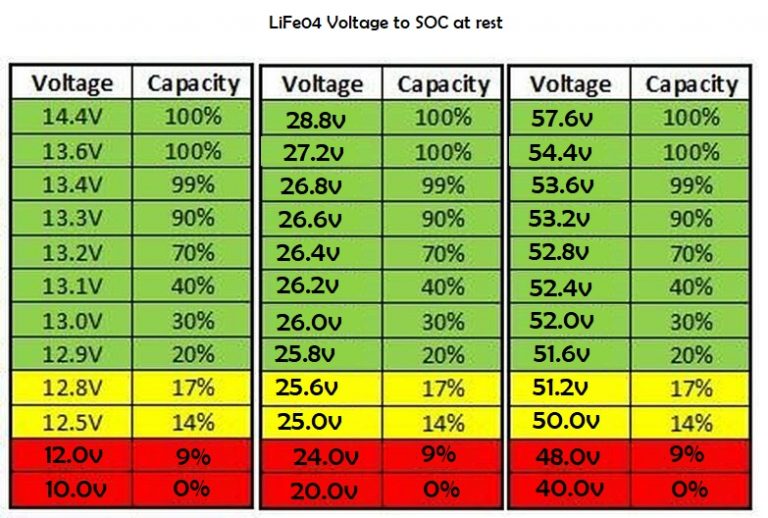

The anode gives up electrons to the load circuit and dissolves into the electrolyte. During charge, that reverses and the positive electrode of the cell is the anode. Anode:ĭuring discharge, the negative electrode of the cell is the anode.

The number of ampere-hours which can be delivered by a battery on a single discharge. (Example: A battery that delivers 5 amperes for 20 hours delivers 5 amperes x 20 hours = 100 amp-hrs of capacity.) Ampere-Hour Capacity: Ampere-Hour (Amp-Hrs, Ah):Ī unit of measure for a battery’s electrical storage capacity, obtained by multiplying the current in amperes by the time in hours of discharge. Small currents are measured in milli-Amps or thousandths of an Amp. The abbreviation for Amp is A but its mathematical symbol is "I". Named for the French physicist Andre Marie Ampere. One amp is the amount of current produced by an electromotive force of one volt acting through the resistance of one ohm. Ampere or Amp (A):Īn Ampere or an Amp is a unit of measurement for an electrical current. The average temperature of the battery's surrounding medium, typically air. The average humidity of the surroundings.
#D BATTERY VOLTAGE CHART GENERATOR#
Alternator:Ī type of generator used in automobiles to produce electric current. Alloy:Ī mixture of several other metals or a metal and a non-metal. Alkaline storage battery:Ī battery which employs alkaline aqueous solution for its electrolyte. Alkaline batteries can deliver 50-100% more total energy than conventional Carbon/Zinc batteries of the same size, hence their popularity in consumer applications. AGM:Ī primary battery (non-rechargeable) often used in electronics applications requiring heavy currents for long periods of time (i.e.: cd players, radios, etc.). The actual capacity of a particular battery is determined by a number of factors, including the cut-off voltage, discharge rate, temperature, method of charge and the age and life history of the battery. The total battery capacity, usually expressed in ampere-hours or milliampere-hours, available to perform work. Active Material:Ĭhemically active compounds in a cell or battery that convert from one composition to another while producing current (electrical energy) or accepting current from an external circuit. Sulfuric acid is used in a lead-acid battery. Acid:Ī type of chemical that can release hydrogen ions when mixed with water.

Acid stratification is a much smaller concern in AGM batteries. This stratification of acid can cause loss of capacity and/or battery failure. This heavy acid drops as a result of gravitation to the lower part of the cell while lower density acid rises to the top of the cell. When charging a traditional/flooded lead-acid cell, high-density acid is produced in the plates. The battery in which acid is used as electrolyte, e.g.,lead-acid battery in which sulfuric acid is the electrolyte. Accumulator:Ī rechargeable battery or cell (see also Secondary battery). The taking up or retention of one material by another by chemical or molecular action. VRLA batteries made with this material are often referred to as "AGM" batteries.

#D BATTERY VOLTAGE CHART FREE#
Absorbent Glass Mat (AGM):Ī type of non-woven separator material composed almost entirely of glass microfibers that absorbs and retains the electrolyte, leaving no free electrolyte in the cell to spill. This is the most popular electrode used in nickel metal hydride batteries. A metal alloy (e.g., LaNi5) capable of undergoing a reversible hydrogen absorption/desorption reaction as the battery is charged and discharged, respectively.


 0 kommentar(er)
0 kommentar(er)
